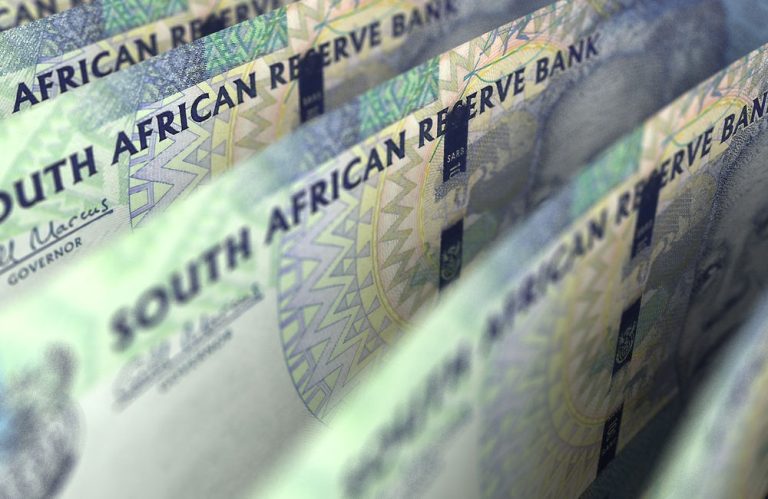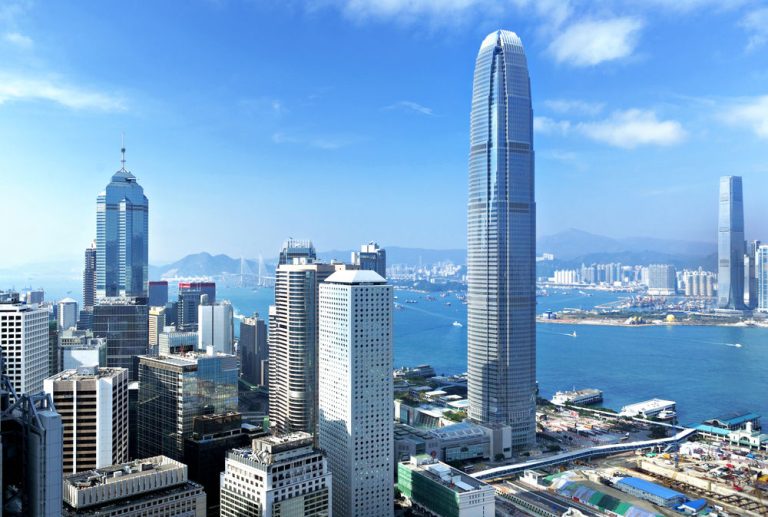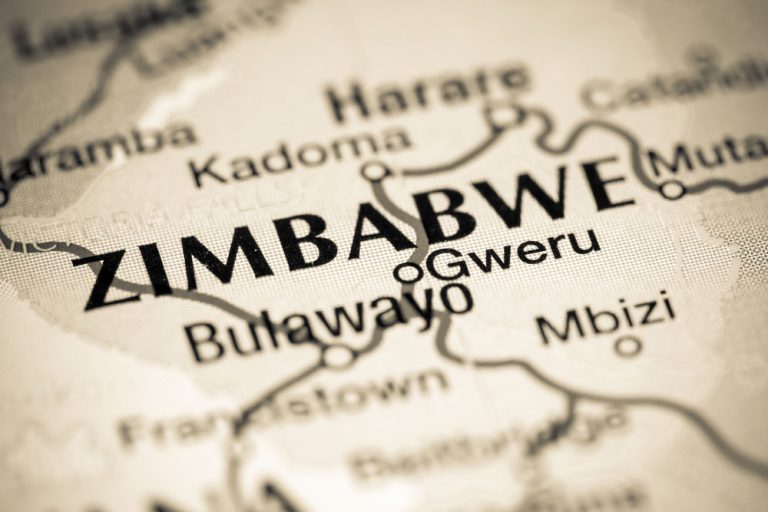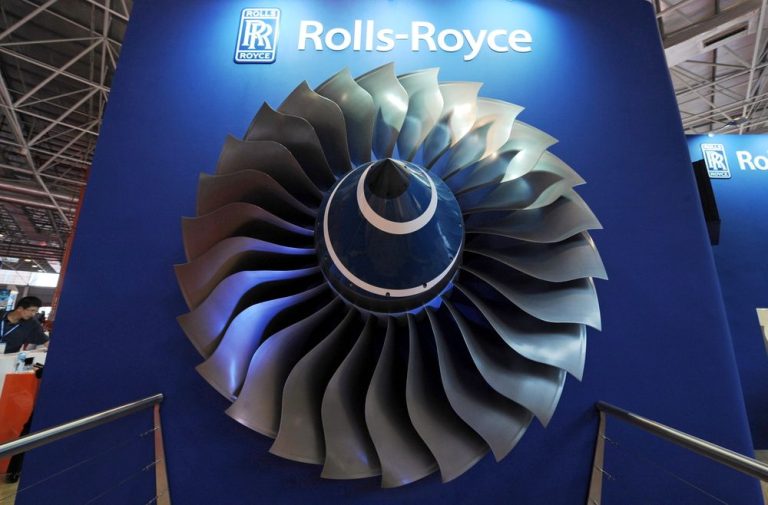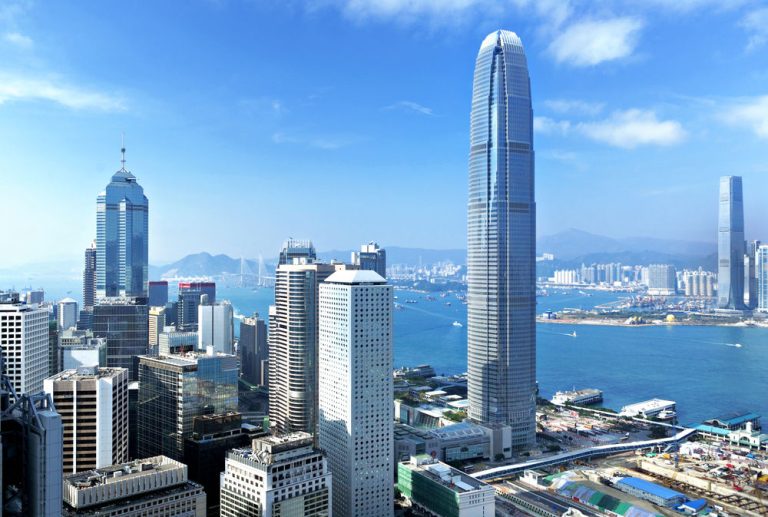Asian shares faced a turbulent start to the week as South Korea’s ongoing political upheaval and weaker-than-expected demand recovery in China weighed on investor sentiment.
A regional equities gauge fell 0.3%, with South Korea’s Kospi index plunging as much as 2.3%.
The smaller Kosdaq index tumbled over 4% to its lowest point since April 2020.
South Korea remains under scrutiny after lawmakers pushed for President Yoon Suk Yeol’s resignation, citing last week’s brief martial law imposition.
Officials vowed to closely monitor the economy, while the won weakened 1% against the dollar, underscoring concerns over political instability.
China stocks slide on inflation data, Japan higher
In China, data revealed a further easing of consumer inflation, suggesting that measures to boost demand have fallen short.
The lackluster figures are expected to amplify calls for stronger fiscal support at the Central Economic Work Conference set to begin on Wednesday.
Mainland Chinese and Hong Kong stocks slid on the news, reflecting investor anxiety over the world’s second-largest economy.
The CSI 300 was down by 0.51% at 11:30 am, GMT+8.
Meanwhile, Japan offered a brighter spot in the region, with revised data showing stronger-than-expected economic growth.
Japanese benchmarks ticked higher, and the yen held steady, signalling resilience ahead of the Bank of Japan’s upcoming policy decision.
Middle East turmoil lifts oil prices
Oil prices climbed after Syria’s government collapsed, adding geopolitical uncertainty to the energy markets.
President Bashar al-Assad and his family reportedly fled to Moscow, where they were granted asylum by Russia.
Traders are also digesting Saudi Arabia’s larger-than-expected crude price cuts for Asia, which come amid a broader effort to stabilize oil markets following consecutive weekly losses.
Gold prices also saw gains as China’s central bank resumed gold purchases in November after a six-month hiatus, reflecting potential demand for safe-haven assets amid regional instability.
Markets brace for pivotal global events
The week ahead is loaded with significant developments across major economies.
Central bank decisions from the European Central Bank, Bank of Canada, and Swiss National Bank are anticipated to favor easing, while Brazil’s central bank may tighten policy to combat inflation.
Australia’s central bank is expected to hold rates steady, citing softening economic conditions.
In the US, inflation data will take center stage as markets assess the Federal Reserve’s next move.
President-elect Donald Trump reiterated support for current Fed Chair Jerome Powell, signalling continuity in leadership.
With an 80% chance of a rate cut priced in for December, traders are keenly watching whether a hotter-than-expected Consumer Price Index (CPI) reading could alter the Fed’s future trajectory.
Investor caution defines the outlook
Chris Weston, head of research at Pepperstone Group told Bloomberg, “This is a lively week ahead with event risk all over the shop.
A hot US CPI print may not necessarily derail a cut at next week’s FOMC meeting but could shape the outlook for further easing.”
As global events unfold, markets remain on edge, reflecting a cautious yet watchful stance in the face of political turmoil, central bank policy shifts, and economic uncertainty.
The post Asian markets fall as Korea’s political crisis deepens appeared first on Invezz


